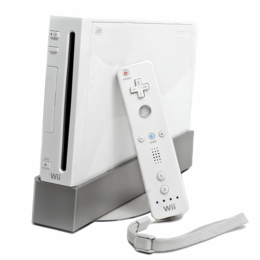
So this is what you call a standard builder's light fitting, the most basic thing imaginable that does the job. The good news is, with this light fitting (also called a batten mount) there are many direct DIY replacements available that you don't need an electrician for. This takes maybe 10-15 minutes to do and is very simple.
I chose this twin floodlight sensor DIY fitting - you can also get oysters with sensors, but I wanted a lot of light in the front. About $30 for the sensor unit and $7 for a twin pack of floodlights. They're pretty high powered at 150W each, but this light will only be on when someone triggers it at night, so I'm not too concerned about their power consumption.

So the next thing you need to do is get up on your ladder and remove the light globe, the threaded screw collar, and the plastic dome thing around the bayonet mount until it looks like this. You probably want to make sure the light is off too.

Open up your DIY sensor light. Make sure you've got the DIY version - there's also a non DIY version in case you have no bayonet mount - for that one you'll need an electrician to legally install it. I've removed the centre cap on the light - you can see a little plug right in the middle - this screws into where your original lightbulb was.

Place the unit over the original bayonet mount, rotate it so the sensor is facing the direction you want, then replace the original screw collar to hold the sensor unit in. If you want, you can also add 3 screws around the outside of the unit to stop it moving, but I've put a few of these in other houses and they stay pretty firm without additional screws.

Screw in your floodlights, adjust the angles of the lights and sensor and make them firm using the wingnuts provided.

Finally, test to make sure your lights work!

I only want these on when someone walks into the sensor range at night, so I'll wait until tonight to make the final adjustments. There are two adjustments you can make - sensitivity of the sensor, and duration of light, just turn a couple of dials on the back of the sensor. The beauty of it is, you can leave the light switch inside turned "on" all the time, but these floodlights will only come on when someone triggers them.
The next lighting-related project is to replace more of the internal plain bayonet lights with nicer ones - we've got a fancy light for the entrance that we'll need an electrician to install, but there were quite a few nice DIY fittings that I might get, once they're Tina-approved! Any electricians reading this in Melbourne and want to help us install some lights in return for some blatant promotion on our blog? Contact us! :)
T&T







